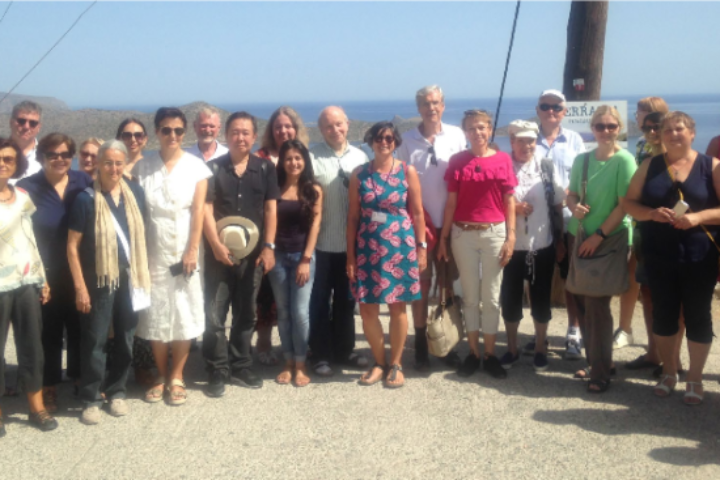May 2, 2019
Welcome to the International Committee for Literary and Composers’ Museums website Network

ICLCM is the ICOM International Committee for Literary and Composers’ Museums. ICLCM’s main aim is to develop activities such as research, publishing, exhibition and education for literary historical/biographical museums and composers’ museums. Its members receive one newsletter per year and have the opportunity to participate in annual conferences and in the activities of a number of working groups.
What is a literary museum?
A Literary museum is an institution focusing on preserving literature as cultural heritage. Those institutions acquire, preserve and communicate this literature through museographical codes, in order to promote knowledge about literature and its role in society.
To understand this definition one must first discuss four key concepts:
1. Cultural heritage. 2. Literature. 3. Museum. 4. Institution
- Cultural heritage can be defined as the special cultural expressions that are separated, preserved and mediated as a manifestation of ideologies and groups. It means that the identification of cultural heritage is always an ongoing process where groups in the society from time to time decides because of ideological, political and/or cultural reasons what to define as cultural heritage.
Therefore, we can say that not all literature is cultural heritage, but all literature can be cultural heritage. - The Oxford dictionary definition says that literature corresponds to written works that are considered to have lasting importance. It can be books, articles etc. about particular subjects. It can also include booklets, leaflets and brochures that provide information. Some definitions also include oral material. The range of literary material a museum can acquire, preserve and communicate can be very broad. The decision of what literature shall be considered as “having a lasting importance” is also part of the cultural heritage process that museums are involved in.
- A museum is a non-profit, permanent institution in the service of society and its development, open to public, which acquires, conserves, researches, communicates and exhibits the tangible and intangible heritage of humanity and its environment for the purposes of education, study and enjoyment (ICOM Museum definition adopted at the General Conference in Seoul, 2004).
- Institution: What are the major categories among literary museums?
a) Writers museums. Often buildings/apartments where the writer was born, died or have lived during a while. It can also be buildings just dedicated to a writer. A special kind of literary personal museum is when it is dedicated to a literary figure (f e Sherlock Holmes museum).
b) General literary museums. For example, museums about a geographical defined literature, a special genre of literature or about literature and written/spoken word in general. It can also include institutions with specially collections of books and manuscripts that are treated in a museological way (see above).
c) Literary landscapes. Like an “Eco-museum”. Often the landscape of a writer or a landscape closely connected to the writer´s work, where houses, nature etc. in a defined area are handled as cultural heritage.